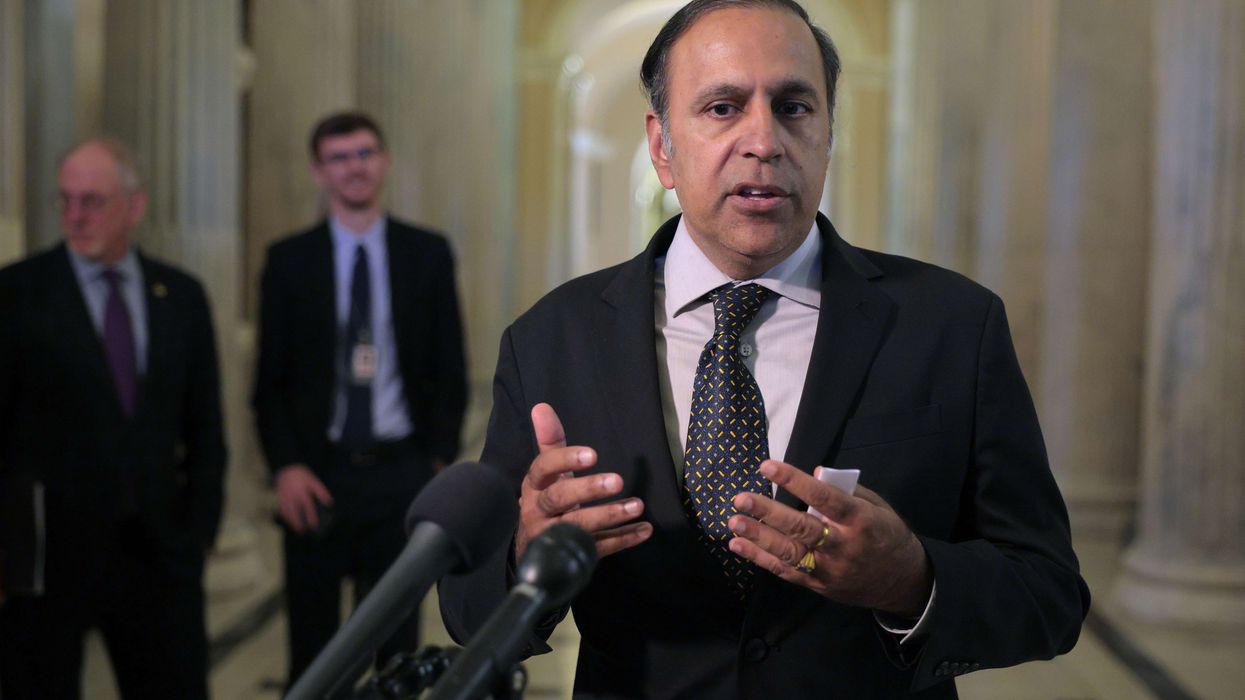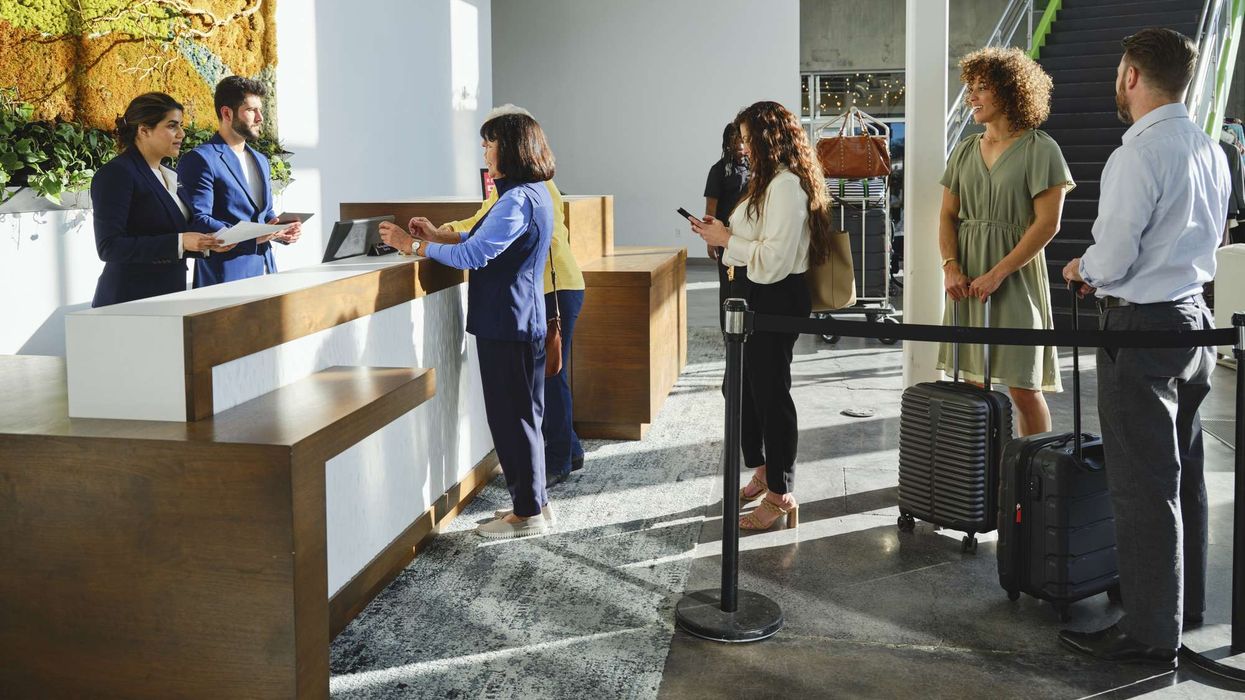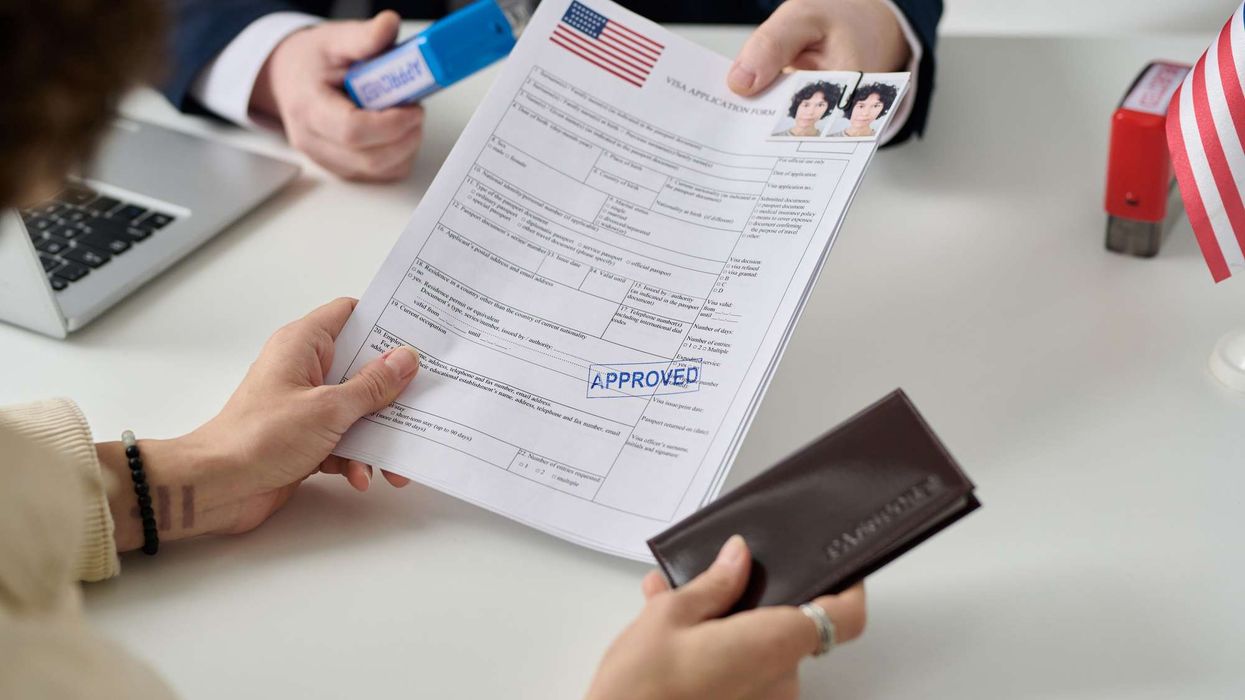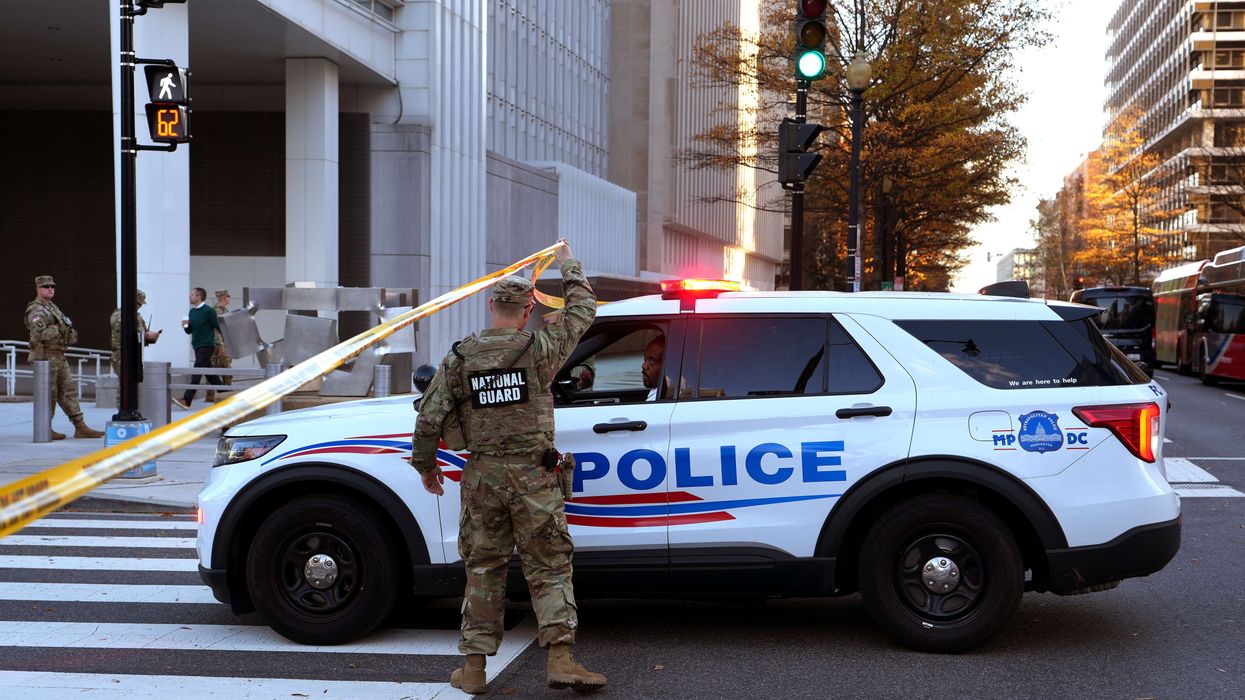THE WEEK BEFORE Labor Day weekend saw U.S. hotel occupancy falling again compared to the week before, leading experts at STR to have some concern about the summer’s last big travel weekend, Labor Day. However, RevPAR declines continued to slow, weekend occupancy was still steady and Louisiana and Texas saw a boost from Hurricane Laura.
Occupancy for the week ending Aug. 29 ended at 48.2 percent, a 27.7 percent fall from last year and down from 48.8 percent the week before, continuing a slide down and away from finally breaking 50 percent occupancy three weeks ago. ADR finished at $98.39, a 23.2 percent year over year decline, while RevPAR finished the week at $47.38, down 44.5 percent last year.
“That is all before Labor Day. We’re very, very curious to see what happens once Labor Day comes and goes and people stay a little bit closer to home,” said Jan Freitag, STR’s senior vice president of lodging insights, in a video deep dive of the data for the week.
Weekend occupancy also dropped 57 percent to 54.7 percent, but Freitag said he expects that metric to remain stable.
“I’m not sure that that number is going to drop very much,” he said. “We have heard anecdotes about people taking longer weekend trips just because they can work virtually and because their kids’ school is also virtual. So, it doesn’t really matter where they are and hopefully that can be a well needed boost to weekend occupancy in beach and mountain destinations.”
Room demand also dropped 1.3 percent for the week, leading to an average decline of 0.9 percent for the last nine weeks.
“That, of course, is not great, especially as we get into the third quarter that traditionally has strong business travel numbers and we’re not sure that those business travel numbers will actually materialize,” Freitag said.
RevPAR change continues to tick up slowly but surely.
“Last week, RevPAR declined week over week compared to the same week last year by 44.5 percent, and that is the best result we have seen for a long, long, long time,” Freitag said. “The number of new COVID cases is now just below 300,000. We hope that we will continue to see better numbers out of our data and the CDC.”
The markets with the highest occupancy levels were McAllen/Brownsville, Texas, with 78.2 percent, New Jersey Shore with 70.2 percent and California North Central, also with 70.2 percent.
“We’re adding this week Louisiana North [with 70 percent] because, of course, Hurricane Laura displaced a lot of people and that drove up the occupancy,” he said.
The Hawaiin islands of Oahu, Kauai and Maui saw the lowest occupancies with 26.6 percent, 19.9 percent and 16.3 percent respectively.
Globally, as occupancy levels rise more hotels reopen.
“I think overall this is a good picture,” he said.












